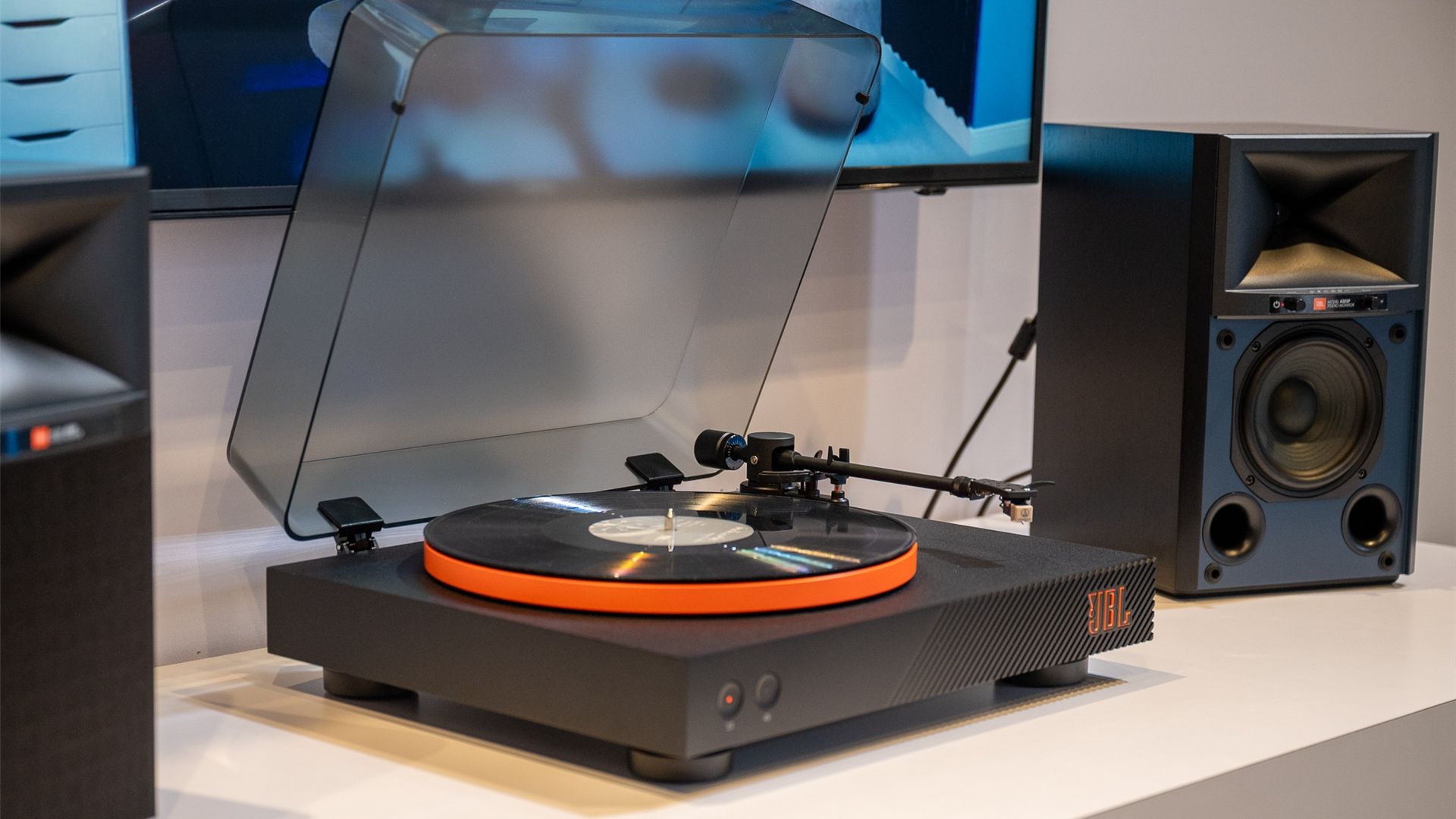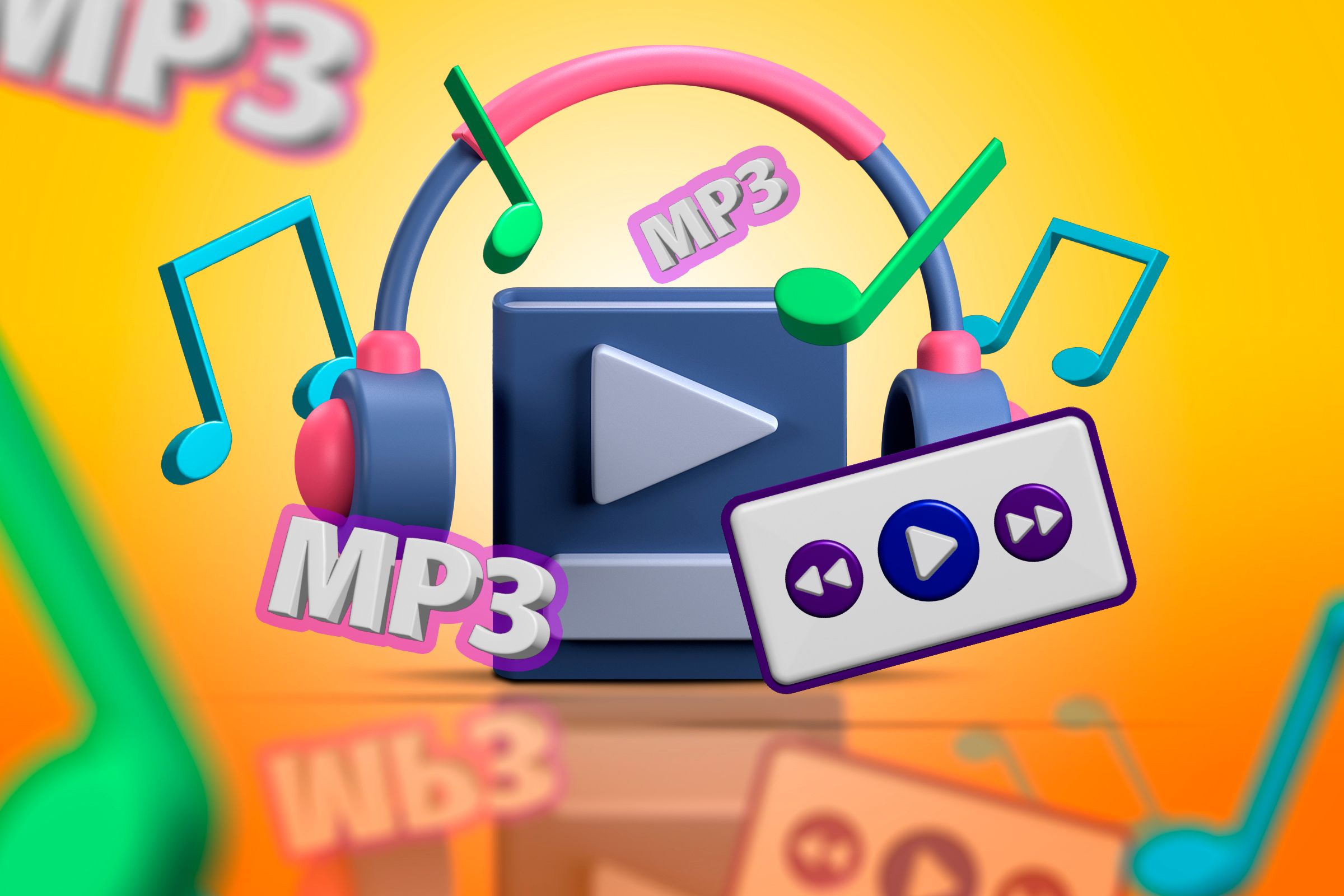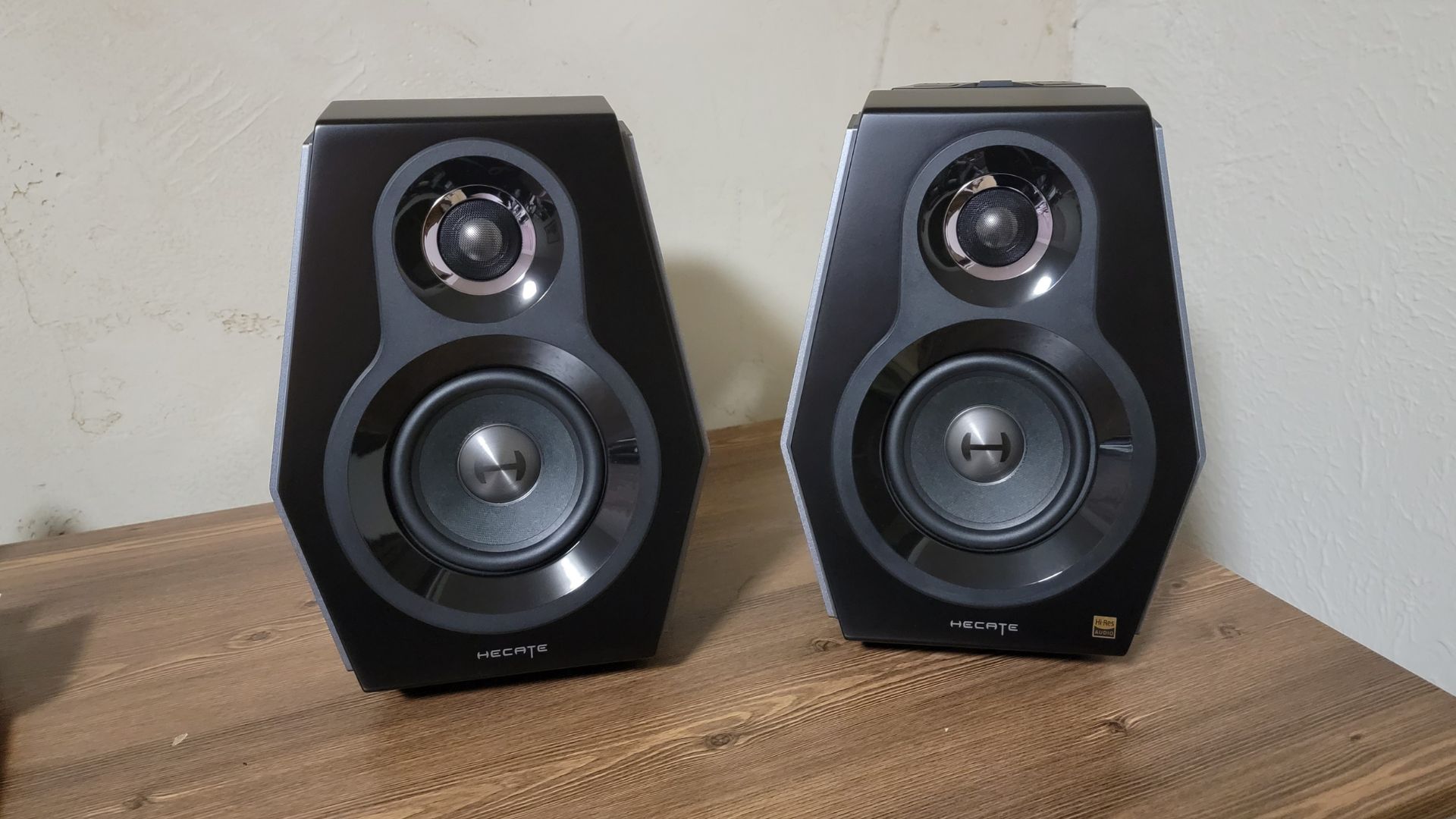When we talk about resolution in the context of screens, we talk about things like how many pixels per inch there are, which determines how many individual colors there are and the amount of detail you’re able to pack into a certain space. That has lead to a general belief that higher resolution is always better in all things, but that isn't true with audio—above a certain point it is irrelevant, and may even be harmful.
What Is Audio Resolution?
There are two important numbers when talking about audio quality: the sample rate and the bit depth.
Sample rate determines how many times per second a given sound is sampled. So, for example, a 20 kilohertz sample rate means that the audio device is taking 20,000 measurements per second. A 40Khz sample rate means that the audio device is sampling 40,000 times per second.
So just how high does it go? In reality, there is no upper limit on sample rate, though the highest sample rate you’ll commonly see on anything is about 384Khz, which corresponds to more than 384,000 samples per second.
The other important measurement is bit depth, which is what determines the difference in the audio level between the quietest sound in a song and the loudest. 16 bits are very common, but you’ll also commonly see songs and audio files with 24 bits and 32 bits as well. A bit depth of 16 corresponds to a difference in sound of about 94 decibels, whereas 32 bits corresponds to more than 194 decibels.
High Sample Rates and Bit Depths Are Mostly Useless
So the sample rate determines how much information about a sound is saved, and the bit depth determines the maximum relative loudness of the recorded sounds. Why are higher numbers not better?
High Sample Rates: Not for Human Ears
A high sample rate can be helpful, and in fact, there is a minimum number for normal listening: about 44KHz.
An optimal, undamaged human ear can hear sounds up to about 20KHz. Most adults can’t hear sounds that high, as normal wear and tear degrades the frequencies we can hear. With a few rare exceptions, humans can’t hear anything above that—not something I would consider any great loss. If you don’t believe me, just ask your cat or dog how they feel about the sound of a dog whistle.
When you want to record a sound, you need a sample rate at least double the frequency of the sound. So if you wanted to record the sound of a dog whistle that produces a 23KHz tone, you’d need to sample at least 46KHz.
There is a mathematical theorem about this called the Nyquist-Shannon Theorem.
But wait, if humans can’t hear much (or anything) above 20KHz, so isn’t a sample rate above 40KHz basically a waste? In most situations, yes—which is why the overwhelming majority of all music you encounter is 44.1KHz or 48KHz.
There is something to be said for giving audio engineers, recording artists, and archivists some margin, so recording at 96Khz or even 192KHz (if your equipment supports it) makes some sense, but if you’re listening to music, even the most astute listeners can't reliably tell them apart.
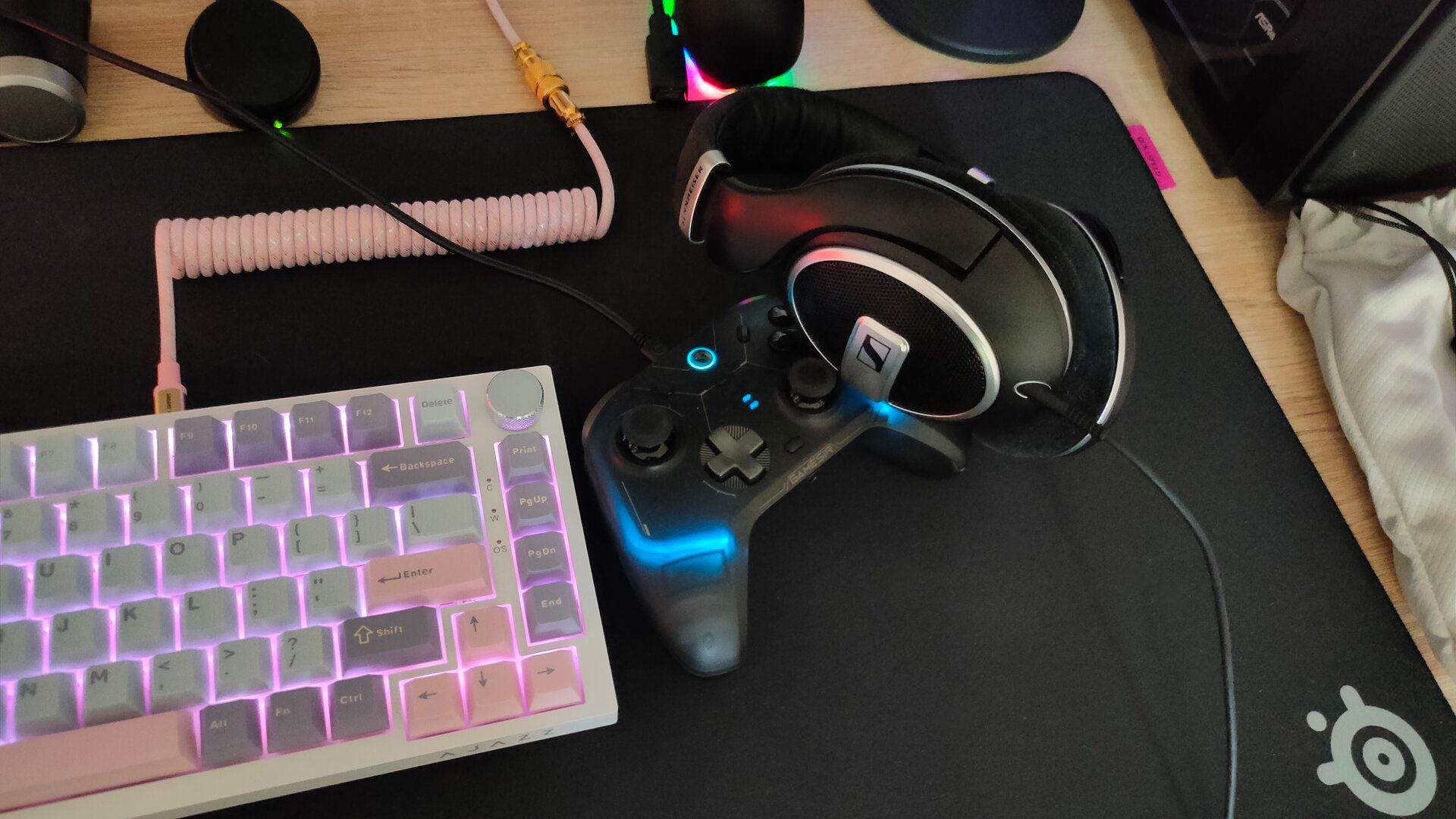 Ismar Hrnjicevic / How-To Geek
Ismar Hrnjicevic / How-To Geek
And 192KHz isn't even the highest sample rate you'll see advertised. Modern sound cards, "Hi-Fi" audio services, and related ventures often try to sell a 384KHz sample rate as some kind of perk. However, unless you're a canine, even 192KHz is overkill, and 384Khz is just a case of "the bigger number must be better."
32-bit Depth: Bigger Isn't Better
Music is more exciting when it is more dynamic—that change between a quiet sound one moment and a loud sound the next makes things interesting. If bit depth allows you to create a bigger difference between sounds then surely a bigger number allows for even more exciting music?
Again, the reality of human hearing (and our technology) quickly put that idea to rest. A bit depth of 32 bits allows for a maximum dynamic range of 194 decibels. Regardless of what you define as the quietest sound in a track, going from that sound to something that is 194 decibels louder is literally impossible. It would be so loud that it would instantly and permanently destroy your hearing. You'd be facing brain damage.
Even if your ears were up for the task, the practical limitations of speakers, DACs, and amplifiers would prevent you from ever even making such a sound.
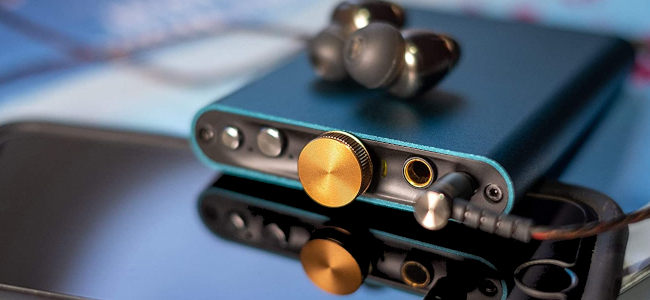 iFi Audio
iFi Audio
Stick to 24-bit audio files unless you're interested in attempting to record the difference in sound between a gentle breeze moving through grass and the sound of a city-sized meteorite smashing into a planet.
High Sample Rates Make The Sounds You Can Hear Worse
When you send an audio signal to a speaker, a component in the speaker called a crossover splits the signal. Part of the signal is sent to the tweeter, which reproduces high-frequency sounds like whistles, flutes, and other things like that. Your woofers produce the lower-frequency sounds.
That is done because different kinds of woofers and tweeters are specially designed to produce high-quality sound in a specific frequency range. If you tried to make a subwoofer produce the sounds of a flute, for example, it wouldn't work very well. Similarly, your tweeter will be begging you to stop if you tried to make it reproduce the thumping bass that pervades so much music.
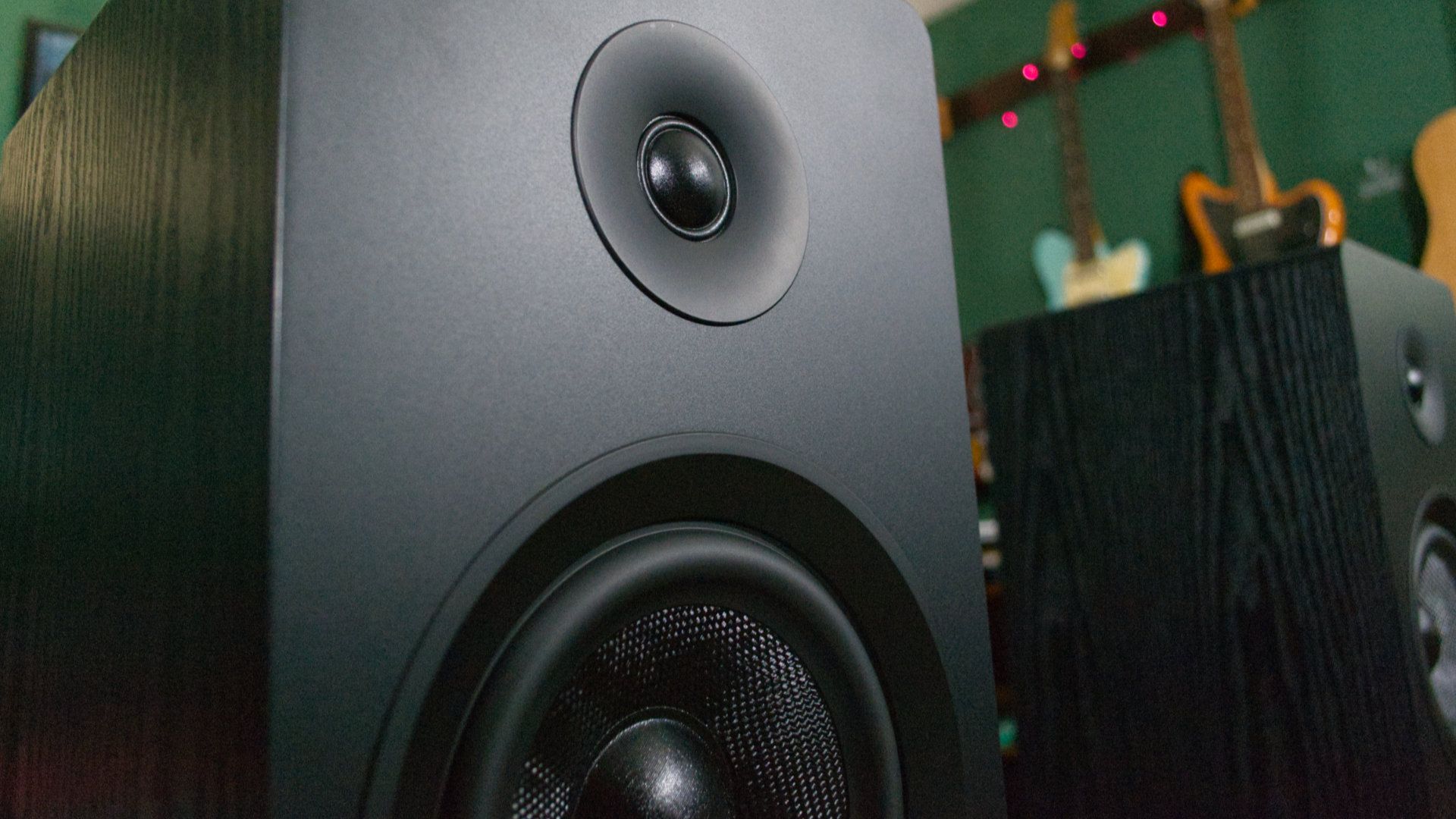 Kris Wouk / How-To Geek
Kris Wouk / How-To Geek
All audio equipment—not just speakers—is basically designed to operate around the range of human hearing. When you start introducing signals above the human hearing range (say at 30KHz or 60KHz), the only thing you're doing is increasing the chances of those signals interfering with the sounds you actually want to hear, something known as intermodulation distortion.
Intermodulation distortion, depending on how your equipment is set up, can happen anywhere from your DAC to your amplifier to your speakers, but the end result is never good. At best, you won't notice. At worst, it'll noticeably degrade the sounds you can hear, which gives you a worse listening experience.
Instead of paying a premium for absurd audio files that are sampled at 384KHz (or worse, upsampled to 384KHz) with a 32-bit bit depth, put that money towards a nicer amplifier, better speakers, or a solid pair of headphones instead. If you like the way tube amplifiers sometimes color the sound of music, buy one of those. If you enjoy the nostalgia of vinyl records, start building a collection.
Your dollar does more for your listening experience if you spend it there than on "high resolution" audio files.
.png)

